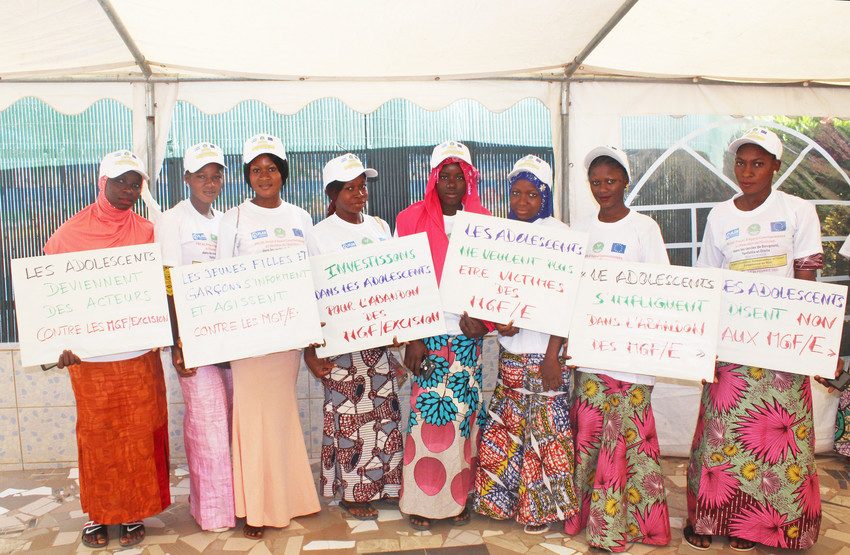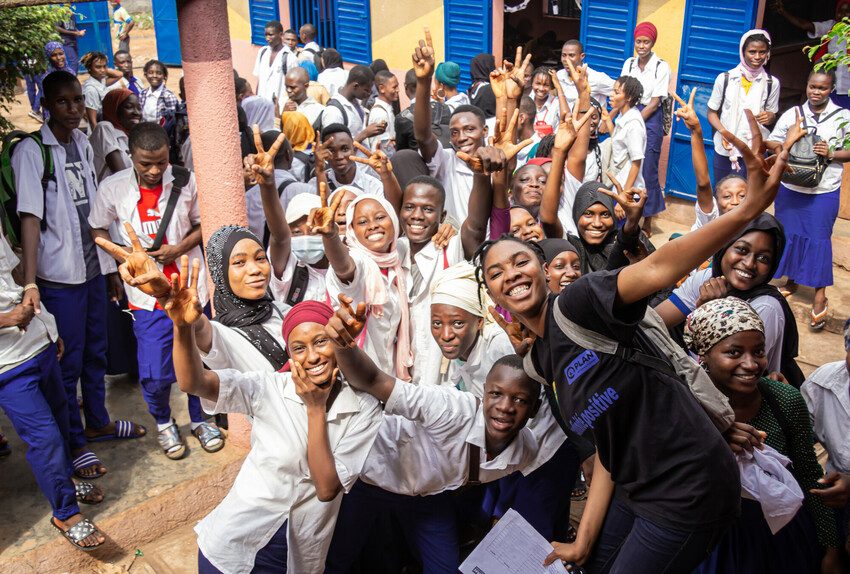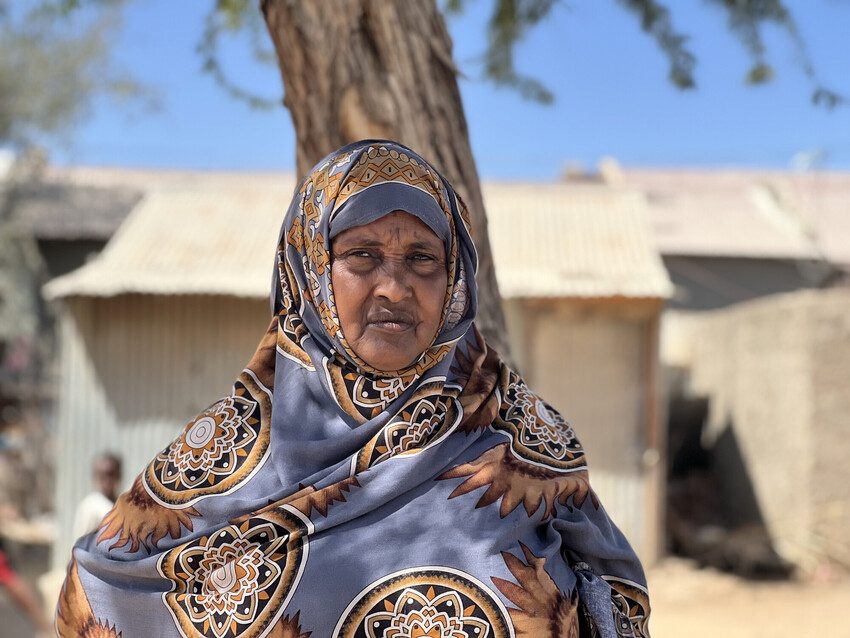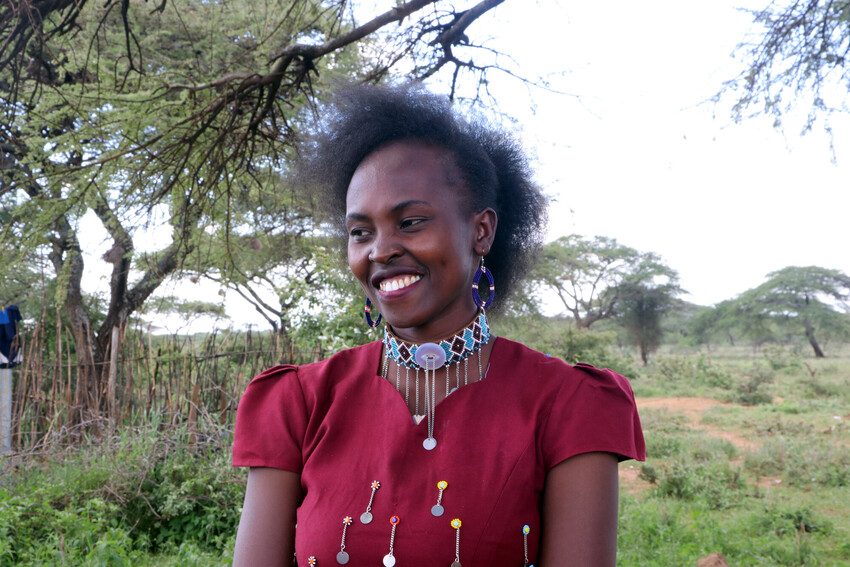Social-norms-change approach for end FGM/C programmes
A guide to designing effective social-norms-change programmes to end female genital mutilation/cutting.
We work with parents, community leaders, government authorities, partners, children and young people to raise awareness, transform social norms and put an end to harmful practices. We are striving to end FGM so girls can make decisions about their own sexual and reproductive health and well-being.
We believe in the power and potential of every child and won’t stop until we are all equal.
Plan condemns all forms of FGM. It is a violation of human rights, drives and results in gender inequality and is a form of violence against girls and women.
We have used the term FGM on this page as it is widely used and commonly understood. Plan International prefers the official UN terminology, female genital mutilation/cutting or FGM/C as this term is inclusive and accommodates differing viewpoints.
Effectively ending all forms of FGM requires transforming the social norms that surround the practice. We work together with entire communities, including girls themselves, grandmothers and older women, community and religious leaders, men and boys, health professionals, teachers, and the justice system to tackle the root causes of FGM.
Effective action to end all forms of FGM must transform social norms and involve and engage entire communities in the process, including girls themselves, grandmothers and older women, community and religious leaders, men and boys, health professionals, teachers, and the justice system.
Barwaaqe is adamant that if she ever has daughters, she will never force them to undergo FGM.
“My standing against the practice will help other girls who are in fear to stand firm when the time comes for them.”
Click on the tabs below to find out more about the impact our work has had to end FGM around the world.
In Tanzania’s Geita and Mara regions, 13,670 people – including girls, boys, parents, teachers and health workers – gained knowledge and skills to keep girls safe from harmful practices.
An additional 39,390 people have been reached through campaign messaging, advocacy work and community events.
There have been 47 girls’ clubs established in schools so girls have spaces to learn about their rights and gain new skills and knowledge they can use to raise awareness and call for an end to FGM.
In Egypt, 3,474 girls and young women gained access to FGM-related healthcare and 3,919 received mental and emotional support.
In Egypt’s Asyut governorate 3 villages were supported to prevent FGM.
Training was given to 107 community-based health care providers and 2,198 students from the Faculty of Medicine in Egypt on the harms of FGM and how to advocate against it. Health units collaborated on social awareness campaigns on FGM within their communities, hosting and facilitating discussions, holding outreach sessions at schools and providing clear messages on the abandonment of FGM.
A discussion was held with representation from government ministries and medical bodies, leading to the production of policy papers that called for the resourcing and training of health care professionals to prevent FGM.

In Mali, 92 villages have declared themselves FGM free.
Across 5 regions, 180 village committees have been set up to end FGM.

In Guinea’s Coyah district, 10,368 men were supported to understand and engage with the issue of FGM.
As part of Plan International Guinea’s FGM project, 19 communities in Guinea have formally abandoned female genital cutting, potentially protecting thousands of girls.

In Sudan, 31 religious leaders and 171 male facilitators were trained to raise awareness and advocate against FGM.

In Ethiopia, 7,480 people attended an FGM event which resulted in a reported 231 cases of FGM being prevented and 69% of people who carry out FGM attending choosing to end the practice and become volunteers to raise awareness of the negative impacts of FGM.
The Children’s Act was passed in Somalia after multiple projects drove action from community level to national level, consolidating voices of NGOs, religious leaders and the government. This was followed by an FGM policy submission to Parliament for debate.

To address the issue of cutters working across the borders of Tanzania and Kenya, a cross-border task force was formally established comprising of government ministries, community leaders and local NGOs working to prevent FGM. The task force is working to raise awareness in schools on FGM in border towns where there is high prevalence.

Mothers Rahma, Saafi and Cawo explain why they will never let their daughters undergo the practice.
We are working with partners in 12 countries to end FGM.
Our partners include: